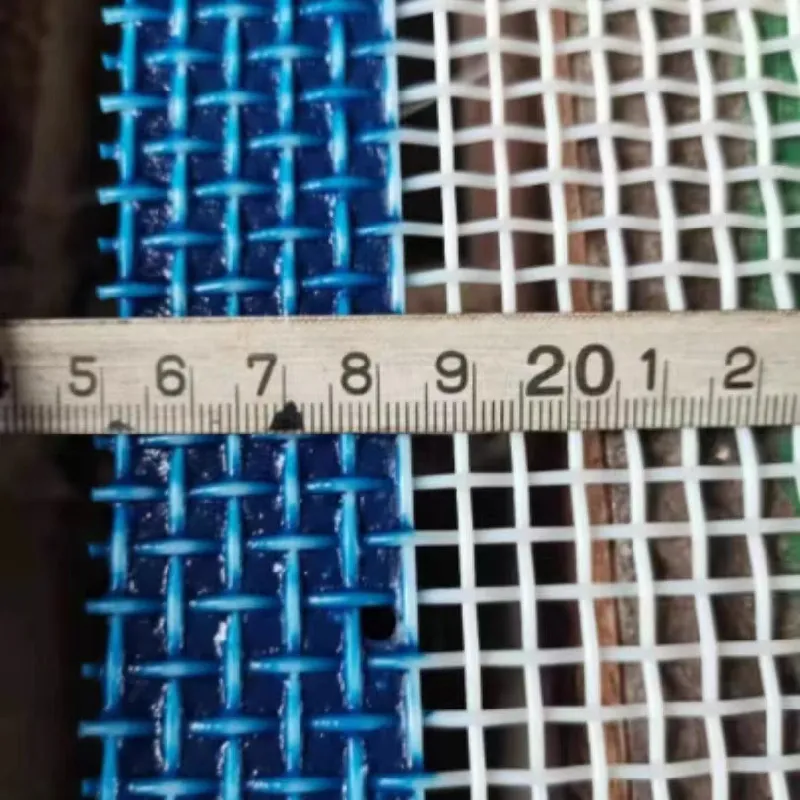-
 Afrikaans
Afrikaans -
 Albanian
Albanian -
 Amharic
Amharic -
 Arabic
Arabic -
 Armenian
Armenian -
 Azerbaijani
Azerbaijani -
 Basque
Basque -
 Belarusian
Belarusian -
 Bengali
Bengali -
 Bosnian
Bosnian -
 Bulgarian
Bulgarian -
 Catalan
Catalan -
 Cebuano
Cebuano -
 China
China -
 Corsican
Corsican -
 Croatian
Croatian -
 Czech
Czech -
 Danish
Danish -
 Dutch
Dutch -
 English
English -
 Esperanto
Esperanto -
 Estonian
Estonian -
 Finnish
Finnish -
 French
French -
 Frisian
Frisian -
 Galician
Galician -
 Georgian
Georgian -
 German
German -
 Greek
Greek -
 Gujarati
Gujarati -
 Haitian Creole
Haitian Creole -
 hausa
hausa -
 hawaiian
hawaiian -
 Hebrew
Hebrew -
 Hindi
Hindi -
 Miao
Miao -
 Hungarian
Hungarian -
 Icelandic
Icelandic -
 igbo
igbo -
 Indonesian
Indonesian -
 irish
irish -
 Italian
Italian -
 Japanese
Japanese -
 Javanese
Javanese -
 Kannada
Kannada -
 kazakh
kazakh -
 Khmer
Khmer -
 Rwandese
Rwandese -
 Korean
Korean -
 Kurdish
Kurdish -
 Kyrgyz
Kyrgyz -
 Lao
Lao -
 Latin
Latin -
 Latvian
Latvian -
 Lithuanian
Lithuanian -
 Luxembourgish
Luxembourgish -
 Macedonian
Macedonian -
 Malgashi
Malgashi -
 Malay
Malay -
 Malayalam
Malayalam -
 Maltese
Maltese -
 Maori
Maori -
 Marathi
Marathi -
 Mongolian
Mongolian -
 Myanmar
Myanmar -
 Nepali
Nepali -
 Norwegian
Norwegian -
 Norwegian
Norwegian -
 Occitan
Occitan -
 Pashto
Pashto -
 Persian
Persian -
 Polish
Polish -
 Portuguese
Portuguese -
 Punjabi
Punjabi -
 Romanian
Romanian -
 Russian
Russian -
 Samoan
Samoan -
 Scottish Gaelic
Scottish Gaelic -
 Serbian
Serbian -
 Sesotho
Sesotho -
 Shona
Shona -
 Sindhi
Sindhi -
 Sinhala
Sinhala -
 Slovak
Slovak -
 Slovenian
Slovenian -
 Somali
Somali -
 Spanish
Spanish -
 Sundanese
Sundanese -
 Swahili
Swahili -
 Swedish
Swedish -
 Tagalog
Tagalog -
 Tajik
Tajik -
 Tamil
Tamil -
 Tatar
Tatar -
 Telugu
Telugu -
 Thai
Thai -
 Turkish
Turkish -
 Turkmen
Turkmen -
 Ukrainian
Ukrainian -
 Urdu
Urdu -
 Uighur
Uighur -
 Uzbek
Uzbek -
 Vietnamese
Vietnamese -
 Welsh
Welsh -
 Bantu
Bantu -
 Yiddish
Yiddish -
 Yoruba
Yoruba -
 Zulu
Zulu
Durable and Versatile Nylon Net Fabric for Various Applications
The Versatile Use of Nylon Net Material
Nylon net material, a synthetic fabric derived from the polyamide family, has gained popularity in various industries due to its unique properties and versatility. First developed in the 1930s, nylon has become synonymous with strength and durability, making it a top choice for a wide array of applications. In this article, we explore the characteristics, benefits, and uses of nylon net material across different fields.
Characteristics of Nylon Net Material
Nylon is well-known for its exceptional tensile strength, which allows it to withstand heavy loads without tearing or breaking. Its lightweight nature complements its strength, making it easy to handle and transport. Additionally, nylon is resistant to abrasion, making it suitable for environments where the material may be subjected to wear and tear.
Another key feature of nylon net material is its excellent elasticity. Unlike some other synthetic fabrics, nylon can stretch significantly without losing its original shape, thus providing flexibility in various applications. Furthermore, nylon possesses moisture-wicking properties, allowing it to effectively manage sweat and moisture, making it a preferred choice in athletic and outdoor gear.
Benefits of Nylon Net Material
The benefits of nylon net material extend beyond its physical properties
. One significant advantage is its resistance to UV light, which minimizes degradation when exposed to sunlight over prolonged periods. This makes nylon suitable for outdoor applications like fishing nets, pool covers, and agricultural technologies.Nylon is also relatively easy to dye, facilitating a wide range of color choices for aesthetic purposes. This is particularly beneficial in industries such as fashion and home decor, where appearance plays a crucial role. Moreover, nylon is chemically resistant, making it an ideal option for applications that involve exposure to various substances, such as in the chemical and pharmaceutical industries.
nylon net material

Another noteworthy benefit of nylon net material is its cost-effectiveness. Compared to other fabrics that offer similar attributes, nylon is generally more affordable, making it accessible for both consumers and manufacturers.
Applications of Nylon Net Material
Nylon net material finds its way into numerous sectors, highlighting its versatility. In the sports and recreation industry, nylon mesh is used in various products, including bags, nets, and athletic wear. For example, soccer nets, volleyball nets, and fishing nets are all commonly made from nylon, emphasizing its capacity to endure high impact and environmental conditions.
In the agricultural sector, nylon net is employed for crop protection, pest control, and bird netting. Its lightweight design allows for easy installation and removal, making it a valuable tool for farmers and gardeners aiming to shield their plants from unwanted pests while ensuring ample sunlight and air circulation.
The construction industry also capitalizes on nylon net material for safety nets and scaffolding mesh, providing crucial protection for workers at height. The durable and strong nature of nylon ensures that these safety measures can withstand significant impact, thereby reducing the risk of accidents.
In the realm of fashion, nylon mesh fabric is often used in lingerie, sports bras, and swimwear, where breathability and a snug fit are essential. Fashion designers appreciate the adaptability of nylon, which can be manipulated to create unique textures and styles.
Conclusion
In conclusion, nylon net material is a remarkable fabric that boasts a unique combination of strength, durability, and versatility. From sports to agriculture, construction to fashion, its applications are vast and varied. As technology advances and new uses for nylon develop, it is likely that this material will continue to play a crucial role in our everyday lives, paving the way for innovative solutions across multiple industries. The continued exploration of nylon net material is sure to reveal even more benefits, securing its place as a fundamental fabric in the modern world.
-
Shipping Plastic Bags for Every NeedNewsJul.24,2025
-
Safety Netting: Your Shield in ConstructionNewsJul.24,2025
-
Plastic Mesh Netting for Everyday UseNewsJul.24,2025
-
Nylon Netting for Every UseNewsJul.24,2025
-
Mesh Breeder Box for Fish TanksNewsJul.24,2025
-
Expanded Steel Mesh Offers Durable VersatilityNewsJul.24,2025











